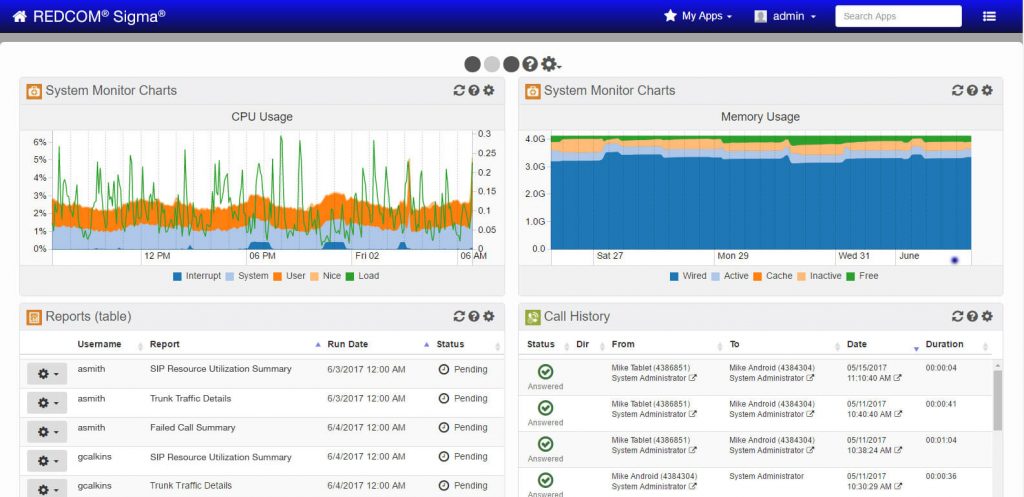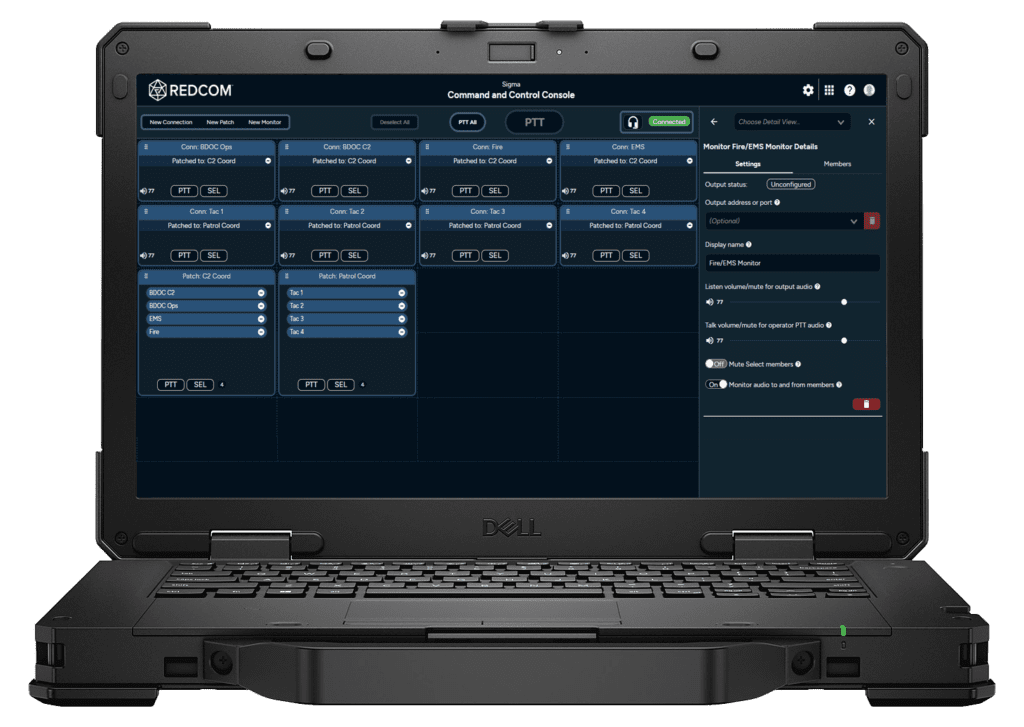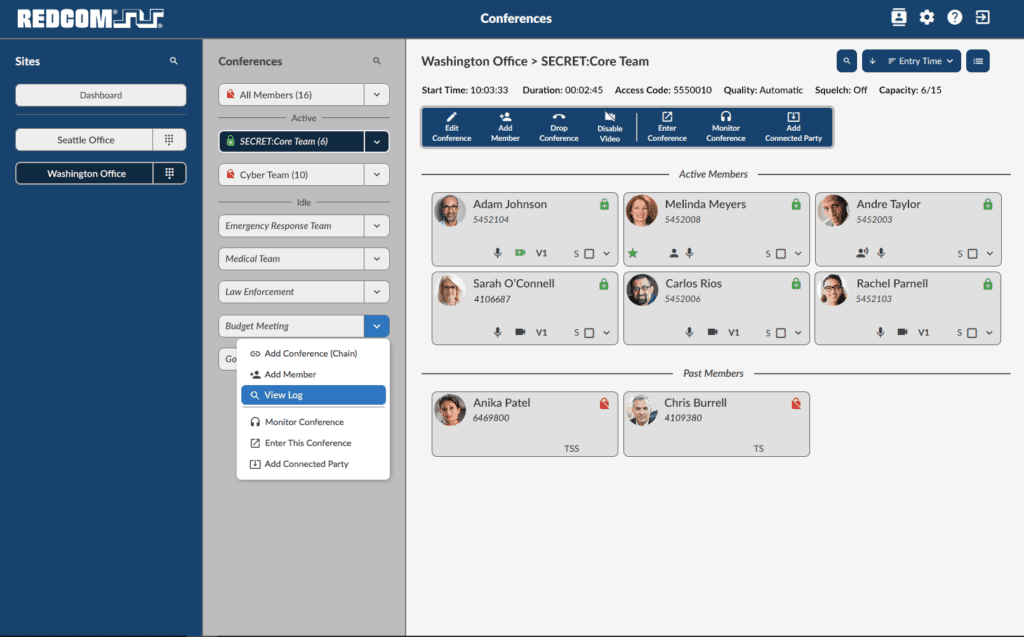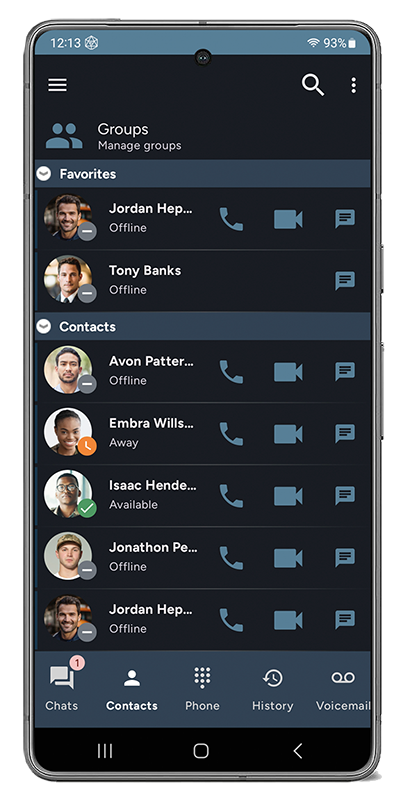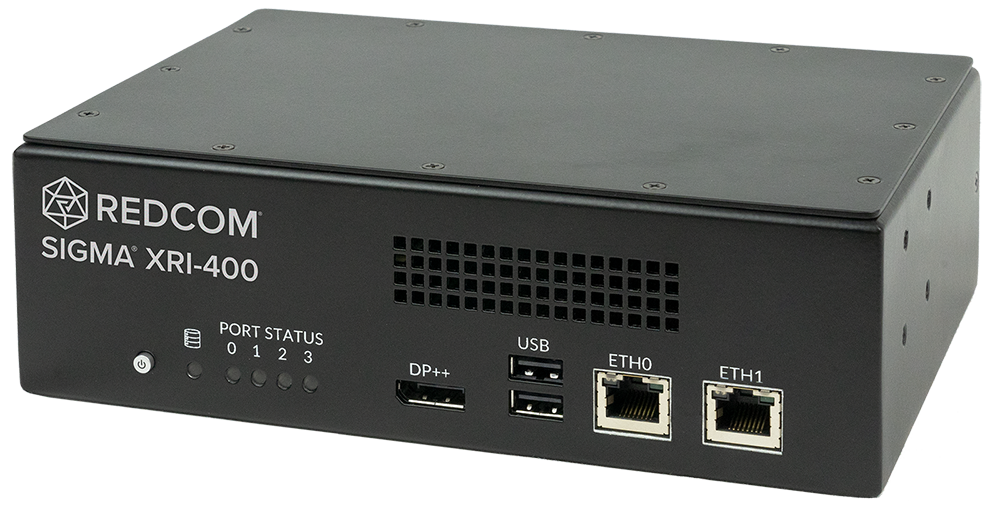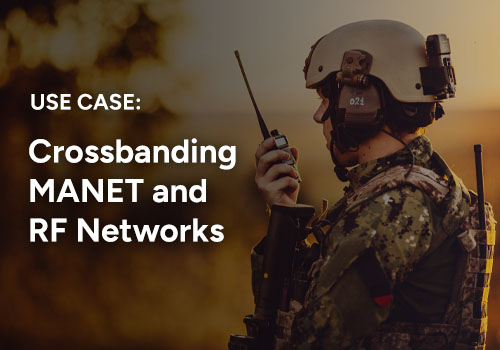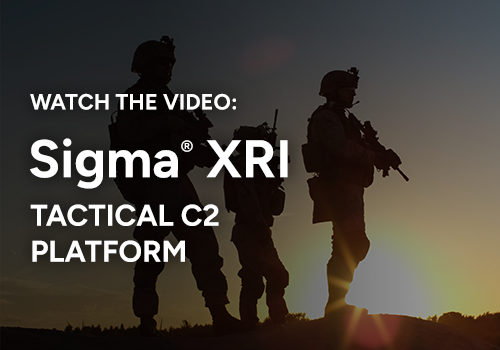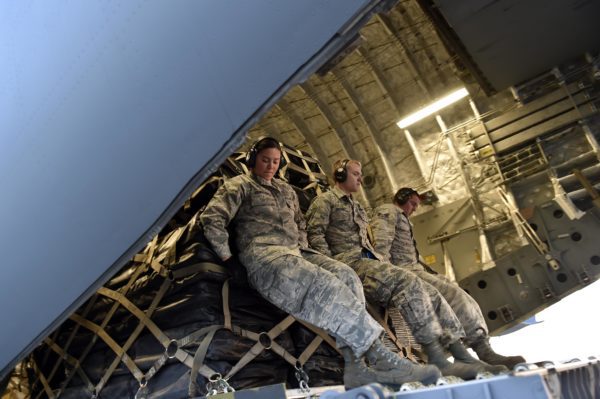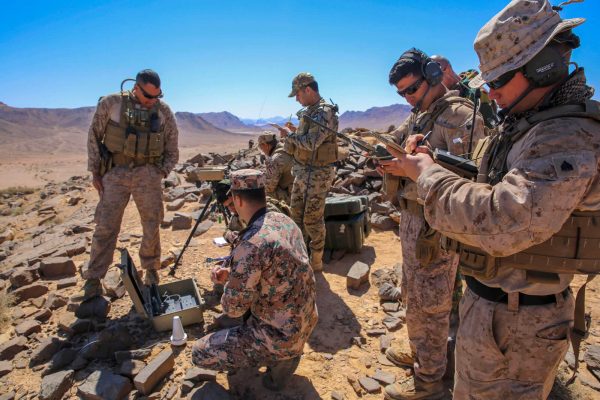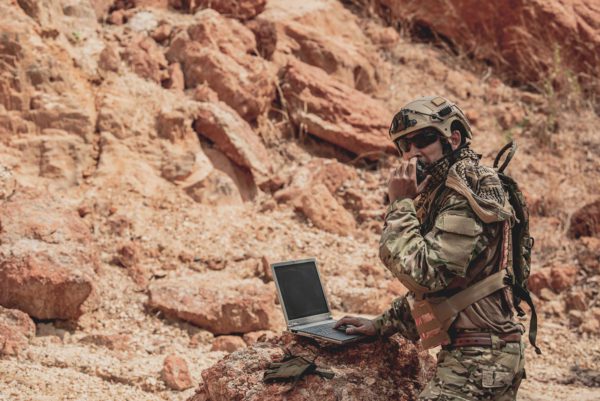A recent article published in the ArmyTimes highlights how the U.S. is under imminent threat of various domestic catastrophic incidents ranging from earthquakes and hurricanes to mass attacks. In this eventuality, it points out how Army entities such as the Army National Guard, Army Corps of Engineers, and U.S. Army North will be called on to mobilize and provide massive amounts of resources in coordination with local organizations. While the article does a great job showcasing the scale and preparation required for these recovery operations, it does not touch on one of the most crucial challenges in disaster response: establishing communications.
Re-establishing basic local communications on an infrastructure that may have been disabled or severely damaged is a challenge in of itself only to be further complicated by the need to integrate numerous response agencies into a single cohesive network. The rescue phase of the response will require as much communication capability as responders can bring to bear. Achieving this feat requires a flexible switching system, capable of multiple transmission paths, to function as the core network. REDCOM Early-Entry Command and Control (E2C2) capability provides a communications bridge between disparate networks designed for such large-scale domestic events.
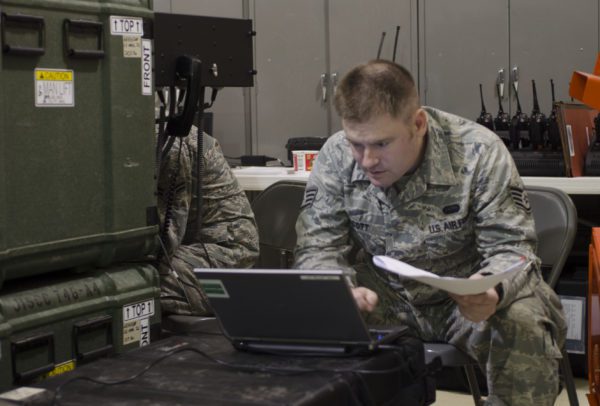 Quick deployable comms
Quick deployable comms
Establishing communications is critical and doing it in a timely and efficient manner is imperative. In a catastrophic domestic incident, the Defense Support to Civil Authorities (DSCA) will play a vital role in ensuring the most successful outcome. The dual role of the U.S. Military, specifically the National Guard and Reserve Units, creates an operational challenge for leaders. Traditional deployments include training and planning operations with lengthy ramp-up times. No-notice events are counter to the conventional activation process. The Rapid Response Planning Process (R2P2) aims to shorten mission planning and mobilization into a condensed six-hour process. Even with doctrine to address no-notice missions, the practical application to the homeland United States has proven to be historically difficult and slow in the context of rescue operations.
Look at Hurricane Katrina as an example. According to the Army, paratroopers from the 82nd Airborne were on the ground in seven hours. While extraordinarily fast for a deployment, in the context of a critical incident with a significant impact on life safety, seven hours put responding units up against a diminishing timeline. Domestically, our military assets maintain a reduced profile and low force readiness posture. To be truly prepared in the critical aftermath period, our military assets must be able to mobilize and communicate as soon as they hit the ground. Easy to use and operate Early-Entry Command and Control (E2C2) systems will make or break the effectiveness of the response. With a strong focus on RF communications in the initial response period, the ability to bridge radio networks in a field-expedient manner is a critical requirement of the deployed communications system. REDCOM embraces this concept with a quick deployable comms package that utilizes donor radios to link networks. With this approach, the field responder can establish communications without IT staff or radio technicians.
Additionally, the approach allows each network to maintain its equipment and frequencies with encryption facilitated by individual donor radios. Military units, first responders, federal resources, and non-government (NGO) entities all operate on their own communications networks and hardware. With so many disparate systems, at a minimum, a bridge must be established to allow for basic RF interoperability. Operating as a local PBX within the denied environment, the REDCOM equipment can not only establish the required RF interoperability, but also integrate RF, wireline, satcom, VOIP, and LTE networks into a single communications ecosystem.
Hurricane Maria
Hurricane Maria, which resulted in significant critical infrastructure damage, exemplifies an event where an E2C2 system would significantly aid responders. If a REDCOM deployable comms package was inserted into the command and control network in the immediate aftermath, the surviving P25 radio network and remaining telecommunications (cellular and wire-line) services could have been bridged. This would have established communications greater number of responders quicker. Later, as infrastructure was restored and rebuilt, the REDCOM network would expand with the growth, eliminating the need to rip and replace an established core every time a new system is installed. Additionally, the REDCOM comms system could introduce LTE cells for response communication, thus increasing the available hardware. In a future event similar to the scale of Hurricane Maria, the benefit of a REDCOM quick deployable comms system is the ability to quickly and easily provide call control in disconnected environments while allowing for backhaul methods to be employed as they come online.
Intuitive & easy to use
REDCOM believes C2 communications should be as intuitive and easy to use as possible. Our systems re-establish communications quickly and give responders the power to bridge disparate networks and technologies. All of which supports the recovery operation as it fights a rapidly diminishing timeline to rescue lives. Combined with our storied history supporting military communications, these capabilities make REDCOM the first choice for communicating in a crisis.
